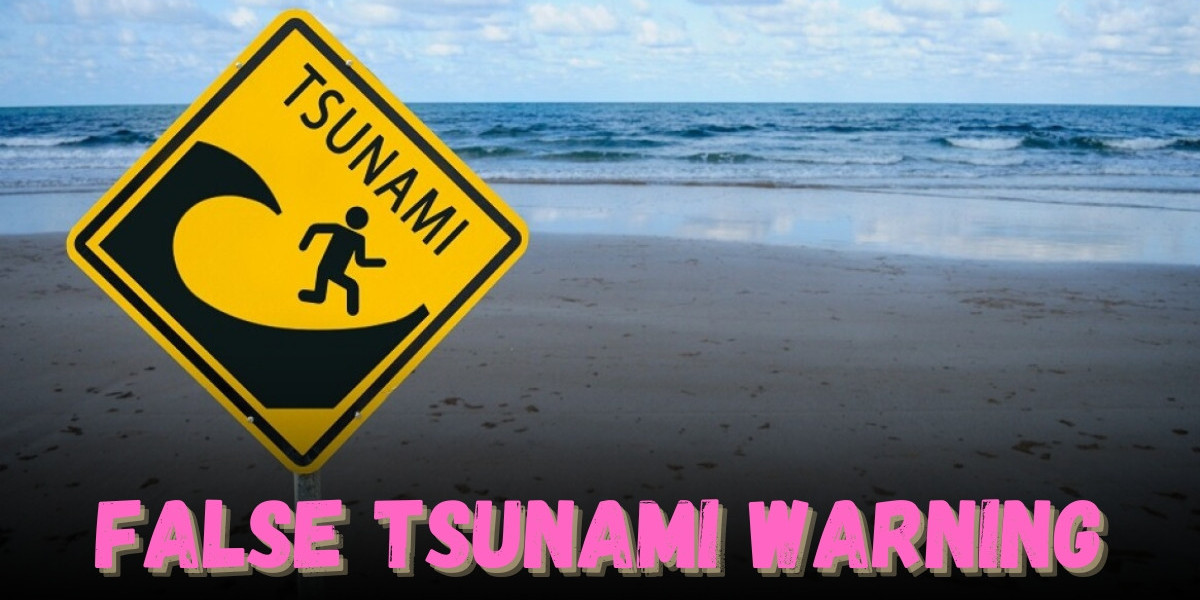A false tsunami warning can trigger widespread fear and confusion, especially in coastal communities. Such warnings typically arise from technical malfunctions, human errors, or misinterpretations of seismic data. In some cases, systems designed to detect tsunamis may issue automatic alerts following underwater earthquakes, even if no actual tsunami is imminent. This can lead to unnecessary evacuations and panic.
False alarms are not without consequences. They can erode public trust in warning systems, making people less likely to respond in real emergencies. Additionally, they can disrupt local economies, as businesses and public services may shut down temporarily. However, experts emphasize that it's better to issue a false alarm than to miss a real threat, as timely warnings save lives.
When a false tsunami warning occurs, it’s important for officials to quickly correct the information and reassure the public. Immediate communication through multiple channels—such as radio, television, social media, and emergency alert systems—is crucial in preventing further panic. Communities can use these experiences as a chance to review and improve their emergency response plans.
In conclusion, while a false tsunami warning can cause disruption, it serves as a reminder of the importance of preparedness and the need for accurate, reliable communication systems. By learning from these incidents, authorities can refine their protocols and ensure that future alerts are more effective.






